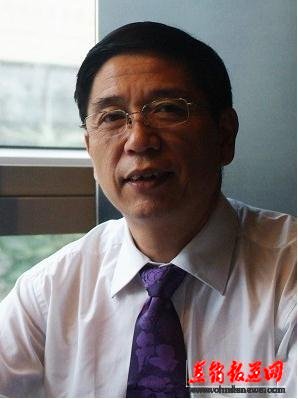2015-08-10 14:54
Financial Times: fear and greed to promote China's O2O model craze

Direct network August 10th news (Tencent technology Eru) August 10th, the Financial Times recently published an article pointed out that the fear and greed spawned a craze for the Chinese O2O model, but investors are also concerned about the long-term development of this new model is reasonable.
The following is a summary of the article:
Sometimes, just the use of new hot spots of the Internet is often not enough. Chinese search engine Baidu at the end of the taste of this sentence words of truth, the company decided to increase the so-called "online to offline business model, is 020 inputs, but the harvest is investors shunned, its share price fell.
In China, O2O is experiencing brutal growth. However, this word has been a lot of abuse has been to no significance. According to McKinsey, a consulting firm, for Chinese consumers, o2o is the most useful function is from the Internet to buy things in the store pickup and return. Other people use O2O to describe local services through the network to the independent supplier of local services, and other places will be called the behavior of the network should be required for the economy.
In the eyes of O2O, China's low-cost labor force makes this model particularly new gravity. Chinese media also on the spare no effort to advocate, they called manicurist income can reach several times the average wage, and the tour guide occupation suddenly become hot.
Investors cautious nature is also reasonable. Some of the traditional Internet consumption patterns are going downhill, and the rise of the emerging Internet consumer model is still not very bright, but not to mention what kind of model can become the industry benchmark.
Emerging entrepreneurial way of introducing o2o, + Internet, according to the economic needs and full stack (full stack) startups initially formed jargon at least show that ambiguity in the definition. It also left a lot of speculation space.
In a wide variety of O2O services, the most effective way is to the network user interface and has not yet been infected with the Internet too many services or products. Silicon Valley venture capital firm Horowitz Andreessen says these companies are "full stack start-ups", because they provide a more complete business model.
Companies believe that the emergence of such markets may have different forms, but they generally have the same goal in two broad sense.
One is a large number of absorption of network orders, so that in the real time and service providers to negotiate with the entity has additional influence. A large number of users can be gathered by the dominant digital platform, and the trend is accelerating, and thus forming the main force in the mobile application.
In China, 15 are used in most of the applications have 14 belong to Baidu, Alibaba and Tencent, or with them. This data through the microblogging, this is similar to the application of the Twitter Alibaba has a close relationship.
Some professional applications because has enough leading level can be their own to become the platform and taxi originator of application Uber and travel the rental communities airbnb is the enterprise of outstanding representatives. However, some of the other applications may be attracted to the development of large-scale Internet Co, because the latter has the ability to support its operations.
This also leads to the second common features of O2O companies: they want to provide the end of the service, from the collection of orders, to arrange services, and then to deal with the payment. Having a digital wallet will be a key part of the formation of a complete industrial chain, thus creating more benefits for it.
However, the problem is whether they are able to maintain high profit margins, while the monotonous line of work to other people to complete. In the United States, according to the need for service companies to maintain the low cost of the use of independent contractors will be redefined as an employee is a more difficult legal issues, that is, the low cost business model is facing a threat.
However, the bigger problem is that the model is reasonable in the long term. At present, a large number of funds to support the company's Happy Valley enclosure, the service provided by the service is often less than the cost to change the user. In the bull market, we are willing to come up with a lot of money to participate in it, because this time the number of users is more critical than the profit.
Once the enclosure, the largest consumer of the company will be in a dominant position. As the industry enters the barriers and the user conversion costs will allow them to start price increases. However, this analysis has always been in theory. And those who fail to become the leading platform for the future of enterprises facing the future will be more uncertain.
That's also a good explanation for why the recent unrest in Baidu's investors, but Baidu has little choice. The growth of online market based on personal computers has slowed down, and the company's existing profit model, such as the rise of smart phones, for example, has been threatened with advertising.
So it can be said that China's new wave of Internet boom set off behind both fear and greed. 3
(original title: Financial Times: fear and greed push the Chinese O2O model craze)
Editor: small Shen
|

